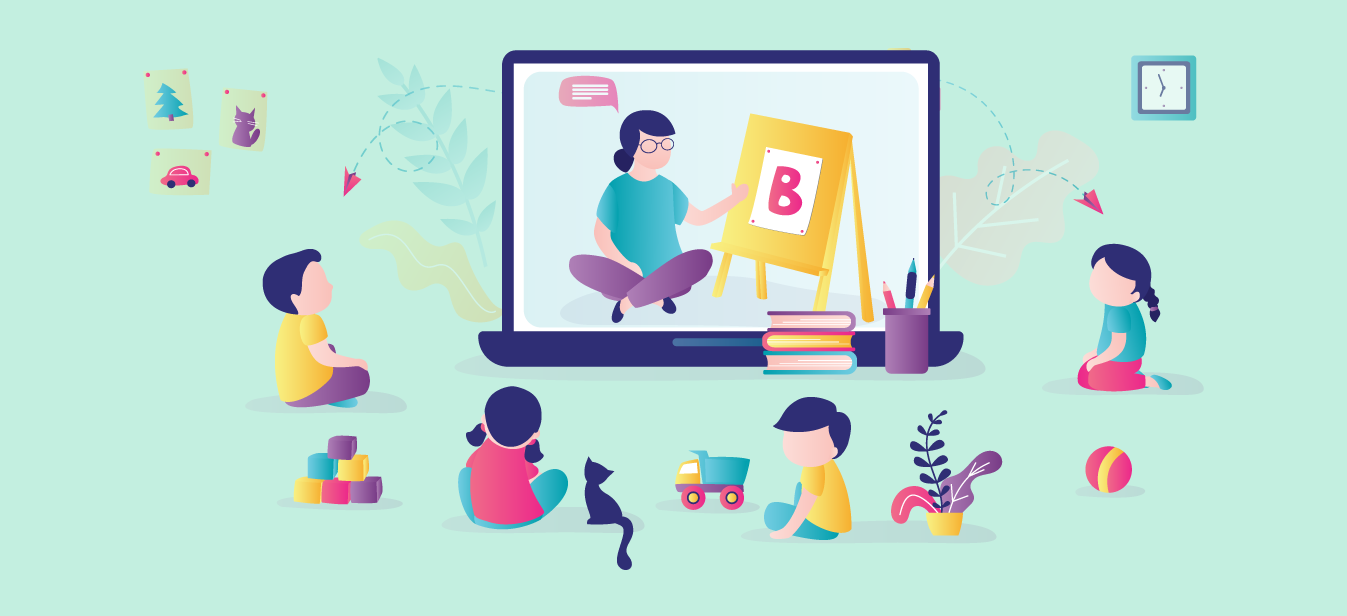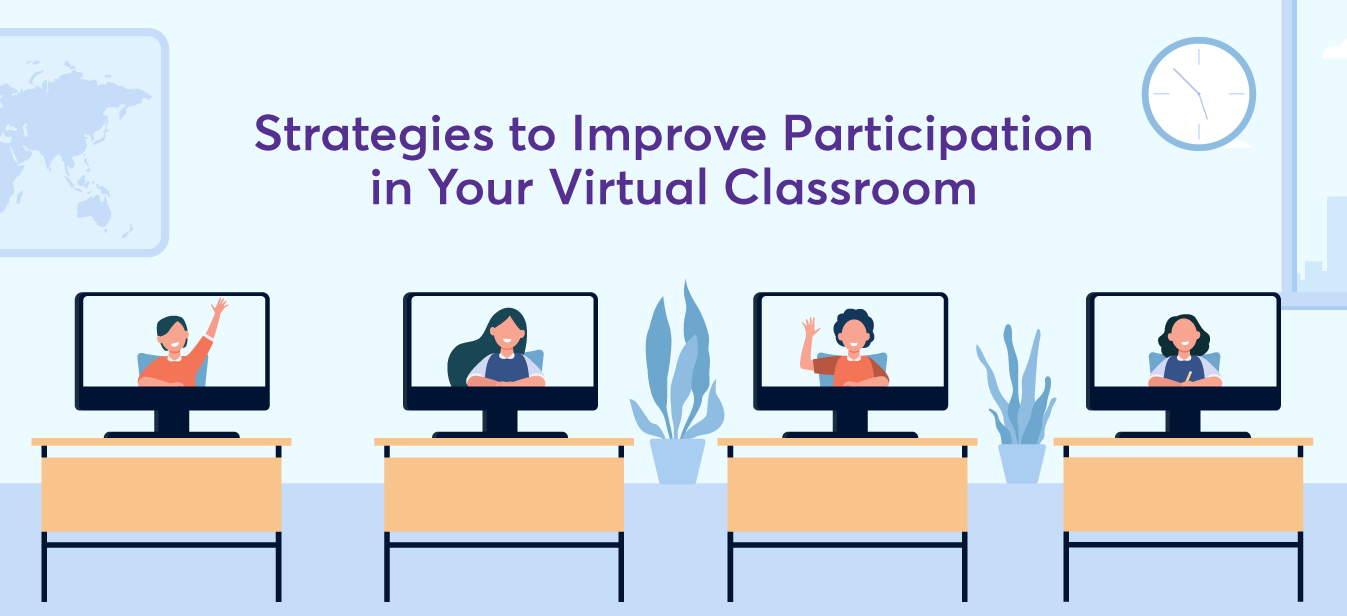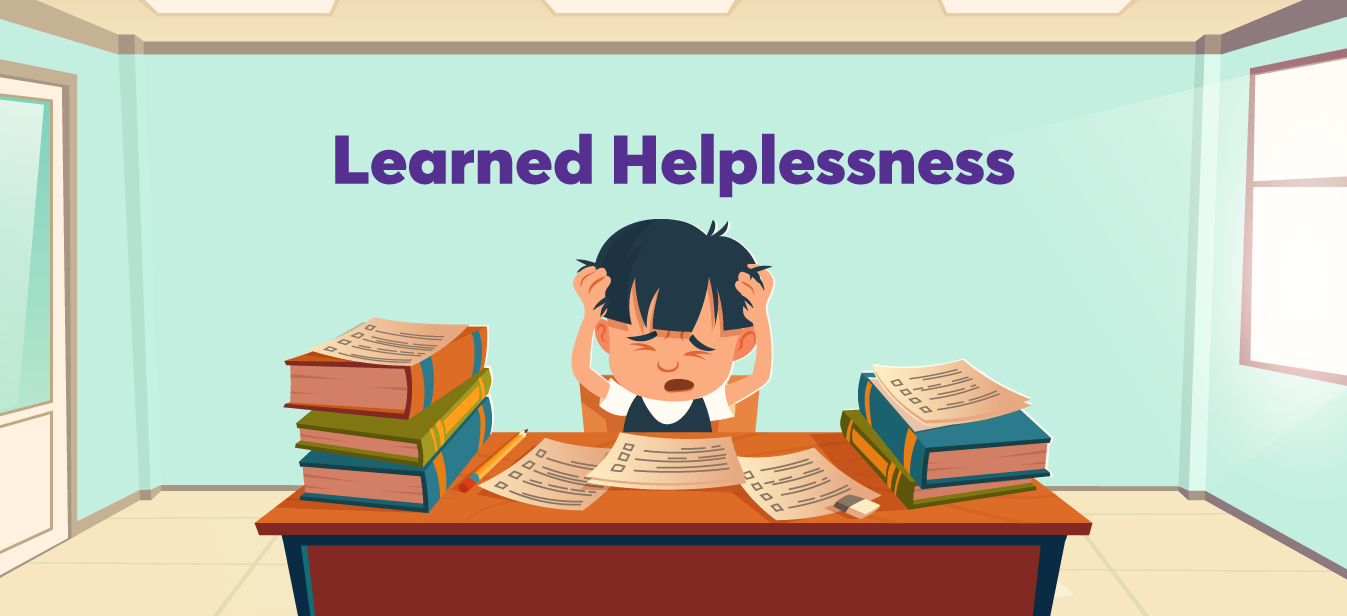Teaching kindergarten children online is no small feat—so much to consider and so many challenges. First, there are few restrictions as with in-person classes, so teachers must always be on their toes. Second, children can be distracted by far more things than physical teachers are used to. Add video calls, various methods of communication and chatting, or simply spending too much time trying to figure out the technology involved, and it can be pretty challenging to keep students’ attention focused on classwork. An online survey revealed that 84% of teachers experienced challenges during online classes, such as maintaining discipline, keeping parents from interfering, and figuring out online etiquette.
Many factors come into play with an online class, and teachers must be prepared to change how they teach. As an educator, you must be aware of how these factors affect your teaching style and how you can make the best adjustments to serve your students best. Aside from being creative in your teaching style, it’s also vital that you establish a good rapport with the students and their parents. That said, here are three challenges virtual learners may face and suggestions on how to overcome them.
🤔 Challenge: Students Passiveness
Anyone who teaches has faced the challenge of converting passive learners or disengaged students into a state of active learning. They are present only physically, with their mind elsewhere. They don’t read the materials, do the homework and don’t ask questions, or engage in discussion. Instead, they just watch or listen and let knowledge wash over them. The challenge of teaching passive learners is especially apparent for kindergarteners, who have not yet developed independent problem-solving skills or exhibit autonomy over their own study habits.
💡 Solution: Formative Assessment
There are various ways this can be beneficial, such as allowing students to receive ongoing feedback throughout the learning process. Classroom assessment practices should be designed to enable students to practice the course material under low-stakes conditions before the final assessment. It also helps educators gain insight into whether their students understand the content. Rather than testing what students think they know about the topic, formative assessments allow you to determine how well students comprehend content and guide instruction based on that information.
🤔 Challenge: Limited Interaction
The lack of interaction between teachers and students impacts learning in many ways. If a child is struggling with a particular concept or activity, a face-to-face interaction would help quickly identify and remedy the problem. An online instructor cannot see when students are confused and cannot provide help individually, hindering learning progress. Additionally, some children may feel reluctant to ask questions or admit they are struggling with a concept because they will be embarrassed to ask questions in front of their peers.
💡 Solution: Constructive Feedback
Since online coursework is self-paced, it raises questions about how to give effective feedback quickly yet reasonably. By explaining the reasons behind the evaluation and suggesting ways to improve, you can encourage students to think about their current progress and what they can do to move forward positively. Effective feedback loops are crucial to helping impactful learning happen, no matter which platform you teach on. Without them, distance learning either goes nowhere or runs the risk of being a student’s least favourite class. You may need to use examples and stories or react to a student’s assignment to get your point across in an online course.
🤔 Challenge: Lack of Collaboration
The need to communicate successfully is another essential element of successful online education. Unfortunately, one of the pitfalls of teaching kindergarteners online is that collaboration may be challenging to achieve when children are not physically present together. Children may have issues communicating with other children because of their young age and inability to express themselves properly.
💡 Solution: Frequent Communication
Give your students a chance to give each other feedback and receive feedback from their peers – it’ll help improve classroom participation. You’ll also be helping them build their communication skills, which will pay off throughout their school years and beyond. Model good feedback techniques during mini-lessons before students practice assessing each other’s work.
Encourage your students to share their ideas with each other and then get back in the loop with you. For example, if you notice that feedback from peers is conflicting, or if you hear something from one student that makes you think of something new to try in class, use that opportunity to get feedback from all of your students. You’ll be amazed at how much information you can gather by doing this.
In an effort to aid teachers in teaching online courses, various technologies have been designed to help improve the student experience and effectiveness of online learning. At Square Panda India, we are committed to creating a learner-centric education ecosystem. We understand both challenges and possibilities of technology in classrooms. Our experts collaborate with educators, parents and children to build online solutions that use the power of technology to improve learning outcomes. To know more, visit ecce.squarepanda.in









